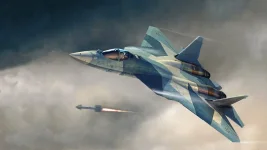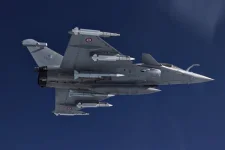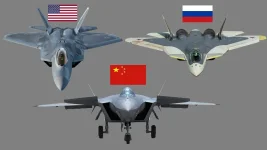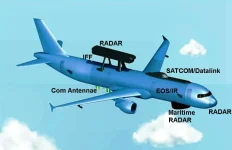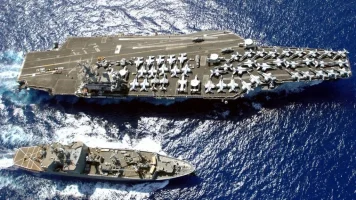- Views: 2K
- Replies: 10
China has extended an offer to supply its KJ-500 Airborne Early Warning and Control (AEW&C) aircraft to the Pakistan Air Force (PAF), presenting it as a successor to the recently retired ZDK-03 Karakoram Eagle fleet.
However, the proposal is shadowed by concerns over the new aircraft's reliance on dated engine technology and the PAF's previous negative experience with a similar Chinese-made platform.
The offer follows the premature retirement of Pakistan's three ZDK-03 AEW&C aircraft after just seven to eight years of service. These aircraft were reportedly plagued by significant operational problems, including subpar radar performance, persistent mechanical failures, and extensive maintenance demands.
The poor service record of the ZDK-03 has created serious doubts within defence circles about the reliability of aircraft built on the same foundational technology.
A key point of concern is the shared heritage of the new and old aircraft. The KJ-500 is based on the Shaanxi Y-9 transport plane, which itself is a modernised version of the Y-8 airframe used for the failed ZDK-03.
Both of these Chinese aircraft are derivatives of the Soviet-era Antonov An-12, a design that dates back to the 1950s. Critically, both platforms are powered by four WJ-6C turboprop engines, which are Chinese copies of the Soviet Ivchenko AI-20 engine, a design from the same era.
On paper, the KJ-500, developed by the Shaanxi Aircraft Corporation, represents a technological leap over its predecessor. It features a sophisticated fixed-panel Active Electronically Scanned Array (AESA) radar, which provides 360-degree coverage without a rotating dome. This system, along with upgraded avionics and data-link capabilities, is designed for modern network-centric warfare.
Despite these advancements, analysts question whether the new electronics can compensate for the potential unreliability of an airframe and propulsion system with roots in the Cold War.
The performance of Chinese hardware in the PAF is often compared to its Swedish-made equivalent, the Saab 2000 Erieye AEW&C.
While the PAF has lost two Erieye aircraft in recent conflict with India, the remaining fleet is widely regarded as more reliable and operationally effective. The Saab platform has consistently delivered superior situational awareness and higher mission readiness rates compared to the Chinese ZDK-03.
While the KJ-500's 360-degree radar is an advantage over the Erieye's 300-degree coverage, the Saab's proven service record and modern Rolls-Royce engines are considered significant operational strengths.
For the Pakistan Air Force, the potential acquisition of the KJ-500 may be viewed as a necessary measure to maintain the size of its critical AEW&C fleet. However, investing in a system with fundamental similarities to a previously failed platform poses a considerable risk.
Unless Chinese manufacturers can provide definitive proof that they have resolved the chronic reliability issues that grounded the ZDK-03, the PAF risks acquiring an aircraft that may not fulfill its crucial role as a force multiplier in a volatile region.

